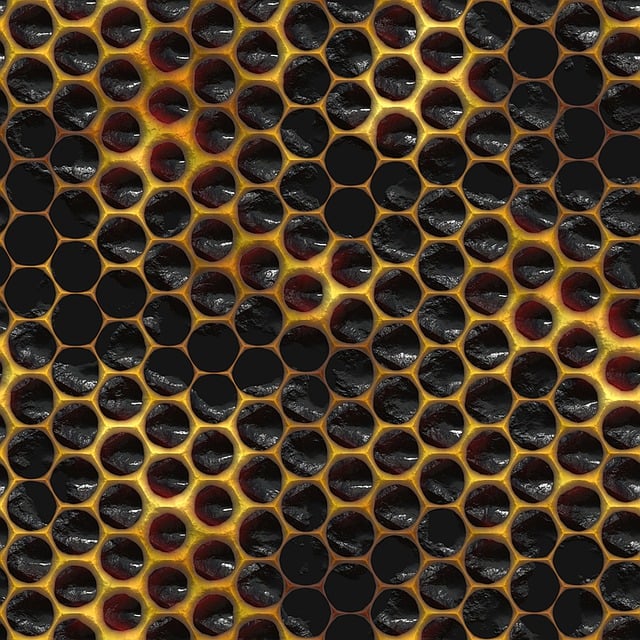Vietnam Kratom leaves offer a natural hyperpigmentation treatment due to their unique chemical composition. Compounds like mitragynine and 7-hydroxymitragynine inhibit tyrosinase, reducing melanin production and dark spots. Topical kratom extracts have proven effective in lightening skin by blocking melanin transfer. Research suggests it's a safe, dual-action ingredient for managing or preventing hyperpigmentation, attracting those seeking non-conventional skincare solutions.
Discover the captivating world of Vietnam Kratom leaves, a natural wonder with diverse applications. This article explores the multifaceted benefits and uses of this powerful plant. From its therapeutic effects to its emerging role in skincare, we delve into the science behind Vietnam Kratom’s remarkable properties. Learn about its potential as a kratom hyperpigmentation treatment and how topical application can address various skin conditions. Uncover the secrets of this ancient herb and its modern-day relevance.
- Unraveling Vietnam Kratom Leaves: Benefits and Uses
- The Science Behind Kratom's Hyperpigmentation Treatment
- Topical Application: Using Kratom for Skin Conditions
Unraveling Vietnam Kratom Leaves: Benefits and Uses

Vietnam Kratom leaves have gained significant attention in the wellness community for their diverse benefits and uses. Beyond its traditional role as a natural pain reliever, kratom has been studied for its potential hyperpigmentation treatment properties. Hyperpigmentation, characterized by dark spots and patches on the skin, is a common concern many face. Research suggests that certain compounds found in Vietnam Kratom leaves may help inhibit tyrosinase, an enzyme responsible for melanin production, thereby reducing the appearance of hyperpigmentation.
This doesn’t just make kratom a potential topical solution for skincare enthusiasts; it also highlights its versatility as a natural resource. While more studies are needed to fully understand its mechanism of action, early findings suggest that Vietnam Kratom leaves could offer a safe and effective alternative for those seeking to manage or prevent hyperpigmentation. Its growing popularity in the beauty industry underscores its promise as a game-changer in skincare routines.
The Science Behind Kratom's Hyperpigmentation Treatment

Kratom, derived from the leaves of the Mitragyna speciosa plant, has gained attention for its potential benefits in skin care, one of which is its effect on hyperpigmentation. Scientifically, kratom’s ability to treat hyperpigmentation stems from its rich composition of alkaloids, including mitragynine and 7-hydroxymitragynine. These compounds possess anti-inflammatory and antioxidant properties that play a crucial role in inhibiting tyrosinase, an enzyme responsible for melanin production. By blocking tyrosinase activity, kratom helps to reduce the appearance of dark spots and uneven skin tone, making it a promising natural alternative for hyperpigmentation treatments.
Research suggests that topically applied kratom extracts can lighten the skin by inhibiting melanin transfer from melanocytes to keratinocytes, thus decreasing the overall pigment load in the skin. Moreover, kratom’s anti-inflammatory nature soothes irritated skin and promotes healthier skin barrier function, ensuring that hyperpigmentation treatment is not just effective but also beneficial for overall skin health. This dual action of depigmenting and soothing makes kratom a promising ingredient in skincare products targeting hyperpigmentation.
Topical Application: Using Kratom for Skin Conditions

Kratom leaves, derived from the tropical plant Mitragyna speciosa, have gained attention for their potential benefits beyond traditional uses. One emerging area of interest is their topical application in skincare. Kratom has been explored as a natural remedy for various skin conditions, including hyperpigmentation. The compound mitragynine, found in high concentrations in kratom leaves, possesses antioxidant and anti-inflammatory properties that can help reduce the appearance of dark spots and uneven skin tone caused by sun exposure or aging.
Topical kratom preparations, such as creams or serums, are believed to offer a gentle yet effective approach to treating hyperpigmentation. Its natural ability to inhibit tyrosinase, an enzyme involved in melanin production, could help even out skin color and restore a more radiant complexion. As with any topical treatment, individual results may vary, and further research is needed to fully understand its efficacy and safety for long-term use. However, the potential of kratom as a natural hyperpigmentation treatment has sparked interest among those seeking alternative skincare solutions.
Vietnam Kratom leaves have shown promise in various applications, from their potential health benefits to their unique ability as a kratom hyperpigmentation treatment. The scientific community is only beginning to explore these properties, but existing evidence suggests that topical kratom applications can offer relief for skin conditions and enhance overall well-being. As we continue to uncover the full scope of Vietnam Kratom’s capabilities, its use in both traditional and modern contexts remains a fascinating area of study.














